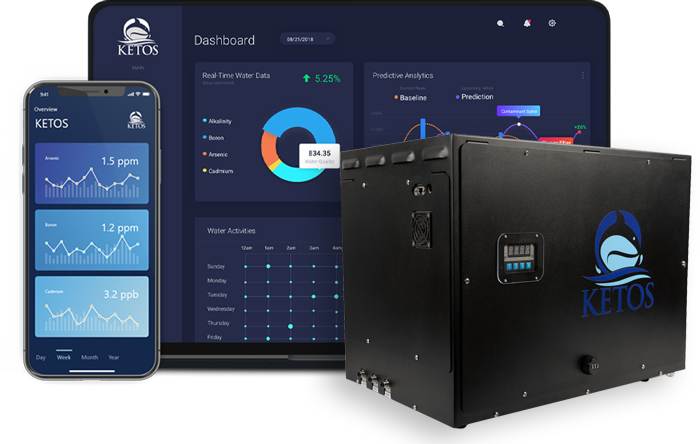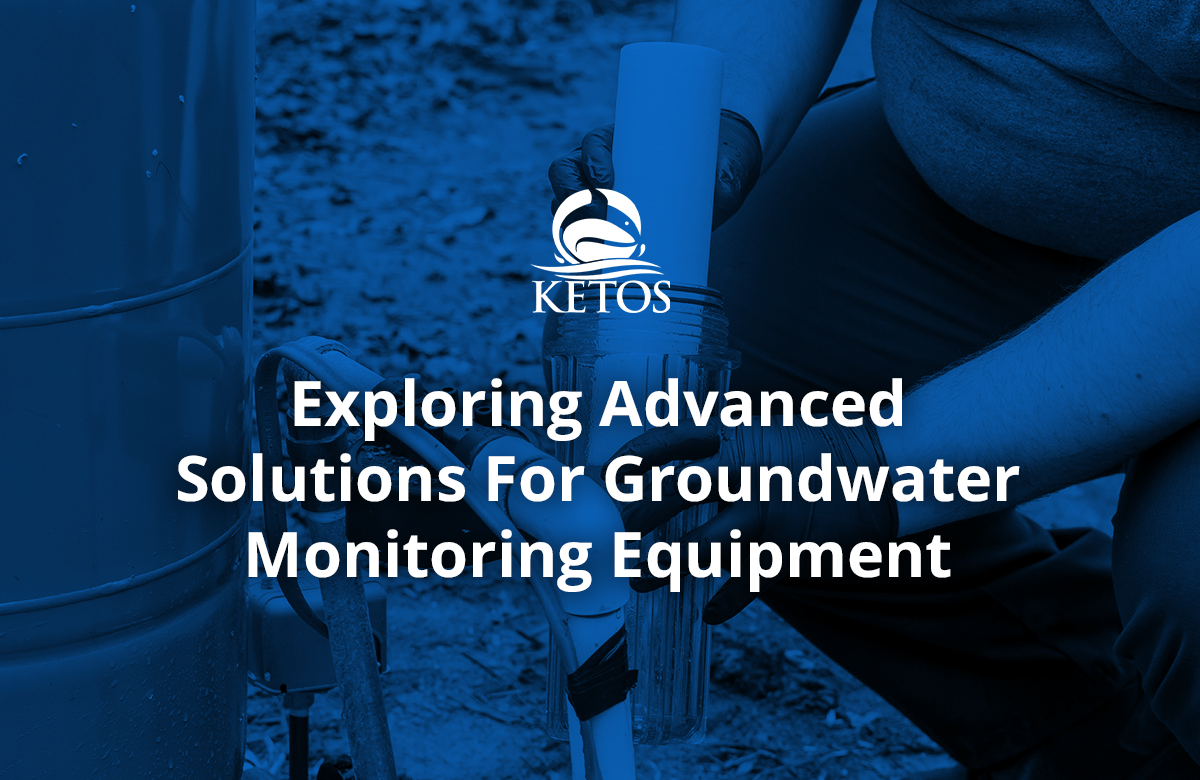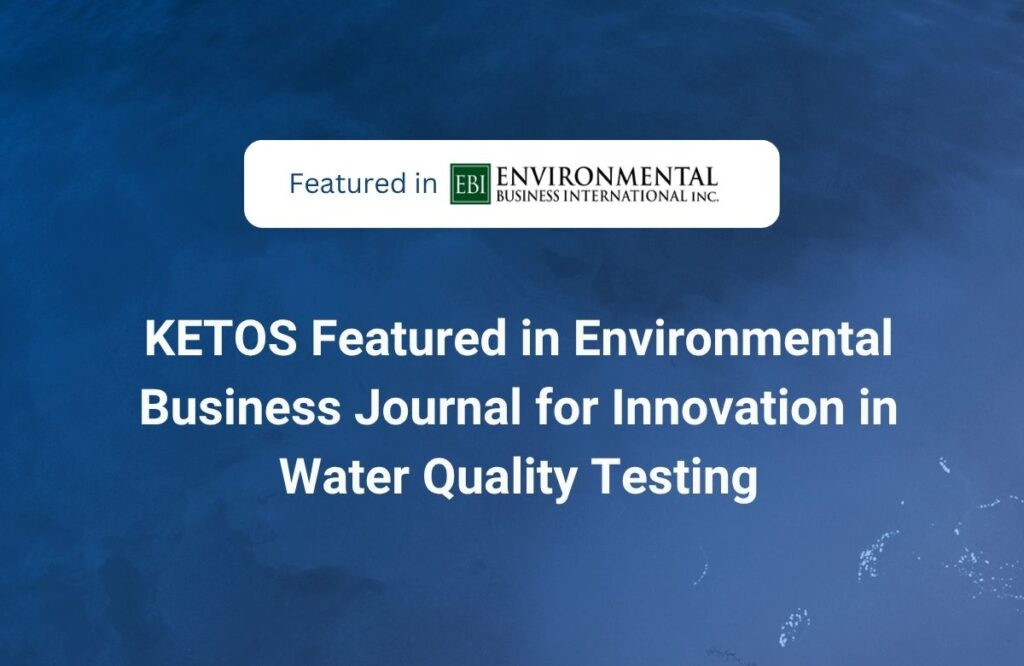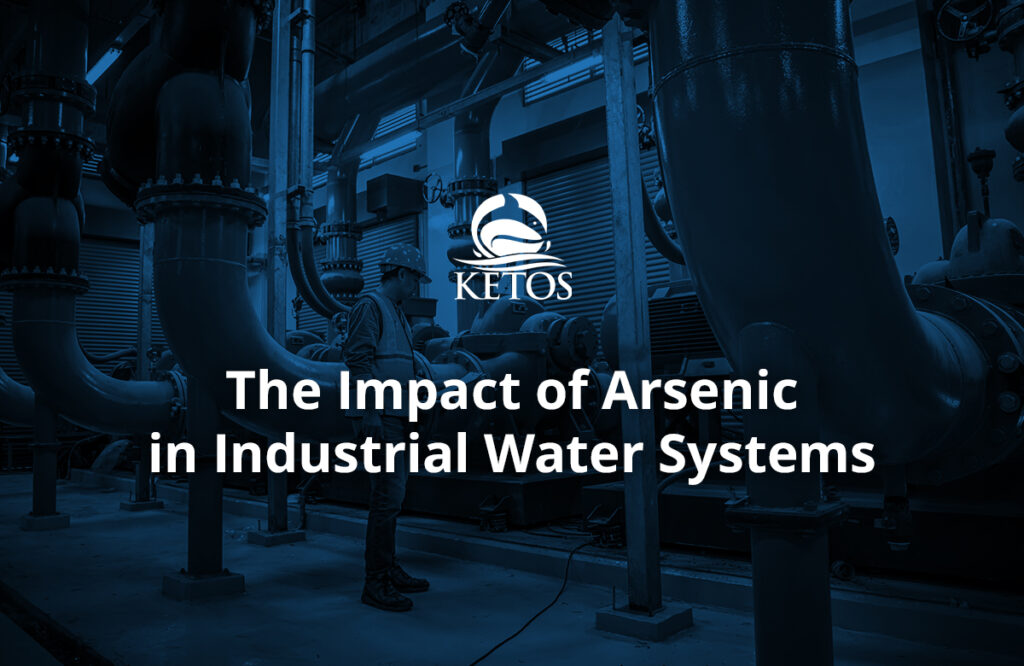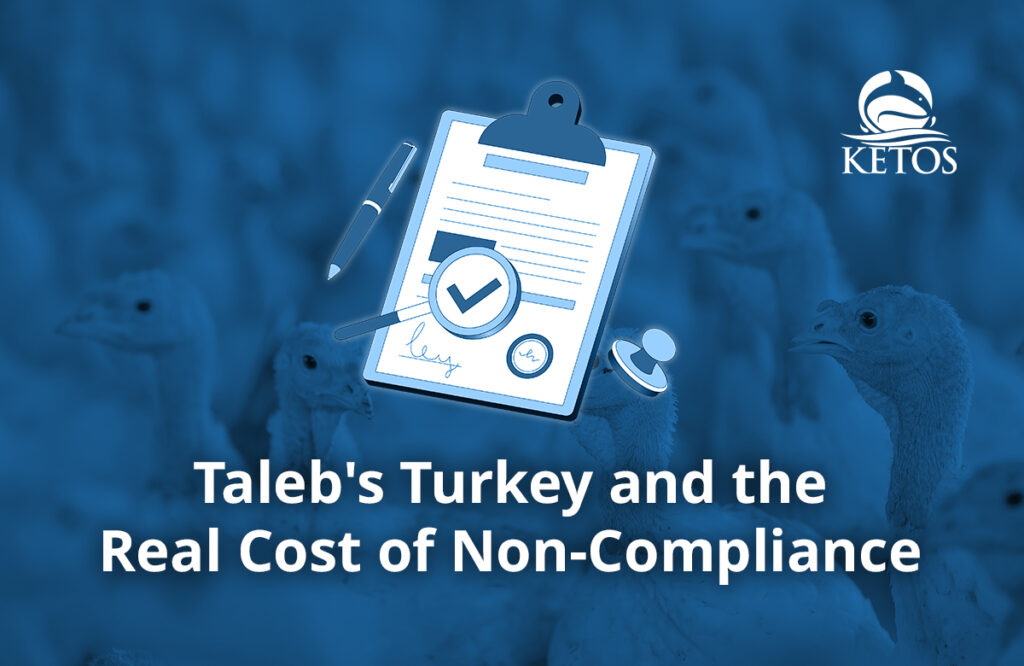Groundwater is water stored below the earth’s surface in the cracks and spaces in soil, sand, and rock. These spaces are called aquifers. Water can move through these materials because the cracks and spaces are permeable. The speed at which groundwater flows depends on the size of the spaces in the soil or rock and how well the spaces are connected. Groundwater monitoring equipment allows water operators to ensure that the groundwater remains suitable for domestic, industrial, agricultural, and environmental uses.
Why Is Groundwater So Important?
Groundwater is used for drinking water by more than 50 percent of the people in the United States, including almost everyone who lives in rural areas. The agricultural sector depends heavily on groundwater to irrigate crops. With so much at stake, is there any wonder that those who manage the nation’s water reserves employ water quality monitoring equipment?
- Groundwater supplies drinking water for 51 percent of the U.S. population and 99 percent of the nation’s rural population.
- Groundwater is important to the nation’s farmers. More than 64 percent of the water used to irrigate crops is groundwater.
- Groundwater is used in many industrial processes.
- Groundwater naturally replenishes our lakes, rivers, and wetlands.
Ensuring Water Quality With A Robust Testing Program
Monitoring groundwater levels and quality is important for a variety of reasons. Water quality monitoring equipment allows operators to collect data that is then used to record, treat, and manage potential pollutants. In addition, monitoring groundwater levels can alert observers to potential floods or droughts. Observing high or low groundwater levels makes it possible to take action if preventive measures are needed.
What Is Groundwater Quality Monitoring?
Groundwater monitoring is a formal process of collecting groundwater data such as water levels, water quality, and rainfall amounts at a preset interval and analyzing it to determine trends over time. This process can be accomplished manually or automatically, using specialized groundwater monitoring equipment or remote water quality monitoring equipment, depending on the chosen method.
- Manual groundwater level monitoring – this labor-intensive method uses a dipper inserted into a well or borehole. Dippers use sound or vibrations to indicate when they have reached the groundwater. The reading can then be displayed on the dipper if it has a digital display or on a more basic level read from a tape inserted into the ground with the dipper. This method can only be used in areas that are accessible and that do not require regular readings. On the flip side, manual monitoring is cheap and easy to maintain and is a good, low-cost option if the groundwater only needs to be monitored infrequently.
- Automatic groundwater level monitoring – this method allows for remote water quality monitoring. Automatic groundwater level monitoring systems remotely transmit data from the monitor to a database where the information can be securely stored. This type of groundwater monitoring equipment creates a more accurate picture of how the groundwater levels in a specific area fluctuate based on rainfall, climate temperatures, and extraction rates. Unlike manual data collection, this autonomous process uses technology that remains fixed in place and transmits data for operators to analyze as needed.
IoT Groundwater Monitoring – Using Technology To Ensure The Future
Maintaining groundwater levels is important because groundwater is used in many applications and industries. From drinking water to construction to farming and general community planning, monitoring this resource and working to prevent problems before they begin is key. Traditionally, groundwater levels have been monitored manually once or twice a month, using labor-intensive processes. Today, there are better ways to ensure that your water quality monitoring equipment is accurate and efficient.
Remote water quality monitoring uses IoT sensors to provide real-time data to water management personnel – regardless of location. This advanced groundwater monitoring equipment also employs cloud technology and predictive analysis to prevent problems before they emerge proactively.
These IoT sensors monitor a range of parameters specific to groundwater management, including:
- Water depth/levels
- Water temperature
- pH, Turbidity, and ORP
- Salinity/Suspended solids
- Ions and contaminants
- Pump status/power consumption
The data collected from these sensors provide information that can aid in urban planning and development, protect sensitive ecosystems, and prevent disasters such as flooding.
The Benefits Of Remote Water Quality Monitoring
Groundwater monitoring equipment that can be deployed remotely offers several benefits, including near real-time data transmission, reduced operational costs, and enhanced accuracy. These remote systems are easy to install and require minimal maintenance, even when used in harsh conditions. Most importantly, using this type of advanced water quality monitoring equipment allows decision-makers to quickly respond to changing groundwater levels and make informed decisions about the management of this important resource.
